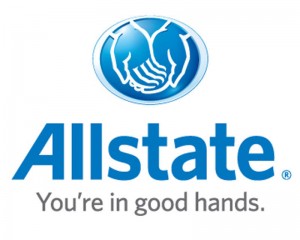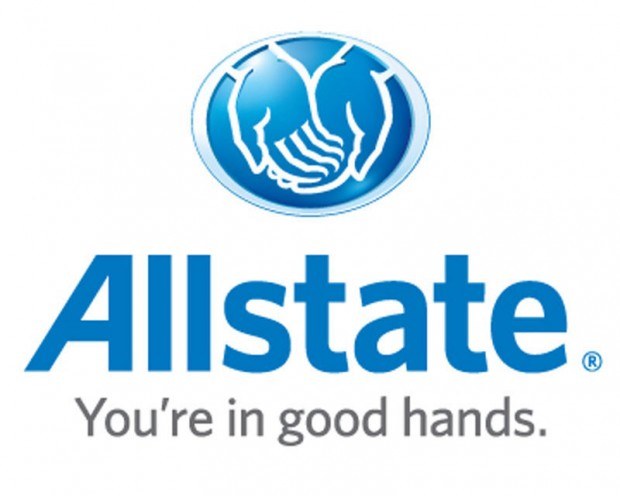 Allstate ended 2016 with a solid profit thanks to premium hikes and tighter underwriting, despite a $853 million jump in catastrophe losses over the previous year.
Allstate ended 2016 with a solid profit thanks to premium hikes and tighter underwriting, despite a $853 million jump in catastrophe losses over the previous year.
The property/casualty insurer ended up with more than $2.5 billion in catastrophe losses for 2016, compared to $1.7 billion in 2015, reflecting a jump of nearly 50 percent. But net income was still in the black, coming in at $1.76 billion, or $4.67 per common share, versus $2 billion, or $5.05 billion per common share over the previous year.
For the 2016 fourth quarter, net income was $811 million, or $2.18 per share, versus $460 million, or $1.18 per share in the 2015 fourth quarter.
Allstate Chairman and CEO Tom Wilson noted the Allstate Benefits arm had strong growth, which offset a decline in property liability insurance due to “auto profit improvement actions” including tighter underwriting and higher rates.
Allstate said its property-liability combined ratio was 89.9 for the quarter, compared to 92 in the 2015 fourth quarter. For all of 2016, the combined ratio was 96.1, just slightly higher than the 94.9 recorded for 2015.
Consolidated catastrophe losses for Q4 were at $303 million, down from $358 million in the 2015 fourth quarter.
Here some of Allstate’s earnings highlights:
- Property-liability net income hit $761 million in the 2016 fourth quarter, $268 million higher than the same period a year before. Underwriting income reached $796 million, $185 million higher than in the 2015 fourth quarter. Allstate credited, in part, a lower loss ratio driven by higher average premium, improved loss trends, lower catastrophes and larger favorable prior year reserve increases.
- Allstate brand auto net written premium grew nearly 4 percent in the 2016 fourth quarter, reflecting a 7 percent jump in average premium, more than offsetting a 2.9 percent decline in policies in fourth. The division booked a 95.3 combined ratio in Q4, 3.3 points better than in Q4 2015.
- Allstate brand homeowners net written premium grew slightly in the 2016 fourth quarter, with average premium nudging up 1.5 percent, as policies in force dipped 1.2 percent. The recorded combined ratio was 68.7 in Q4, 2.3 points better than the 2015 fourth quarter, thanks to lower catastrophe losses and higher favorable prior year reserve estimates.
- Esurance’s net written premium grew 5.6 percent versus the 2015 fourth quarter, reflecting a 5.5 percent increase in auto average premium and a modest increase in policies in force. Esurance’s combined ratio of 105 was 2 points lower than in the previous year, due to a lower expense ratio partially offset by a higher loss ratio.
- Encompass net written premium dropped 10.2 percent, and policies in force dropped 13.4 percent in the 2016 fourth quarter versus the same period in 2015. Allstate credited the change with a focus on improving returns. The combined ratio of 90 was an improvement over last year.
- Allstate Financial’s net income during the quarter was $127 million, up from $39 million in the 2015 fourth quarter. For the year, net income was $391 million, down from $663 million in 2015. Net income surged in the fourth quarter due to “performance-based investment returns that were in excess of long-term expectations,” Allstate said.
Source: Allstate
Topics Catastrophe Profit Loss




















 Insurers Face Business Interruption Claims After Global Tech Outage
Insurers Face Business Interruption Claims After Global Tech Outage  Middle Manager Is the Middle Child
Middle Manager Is the Middle Child  ‘Surface Waters’ on Roof Are Not ‘Flood’ Waters, Massachusetts High Court Rules
‘Surface Waters’ on Roof Are Not ‘Flood’ Waters, Massachusetts High Court Rules  Study: MGA Market Still Growing
Study: MGA Market Still Growing 







